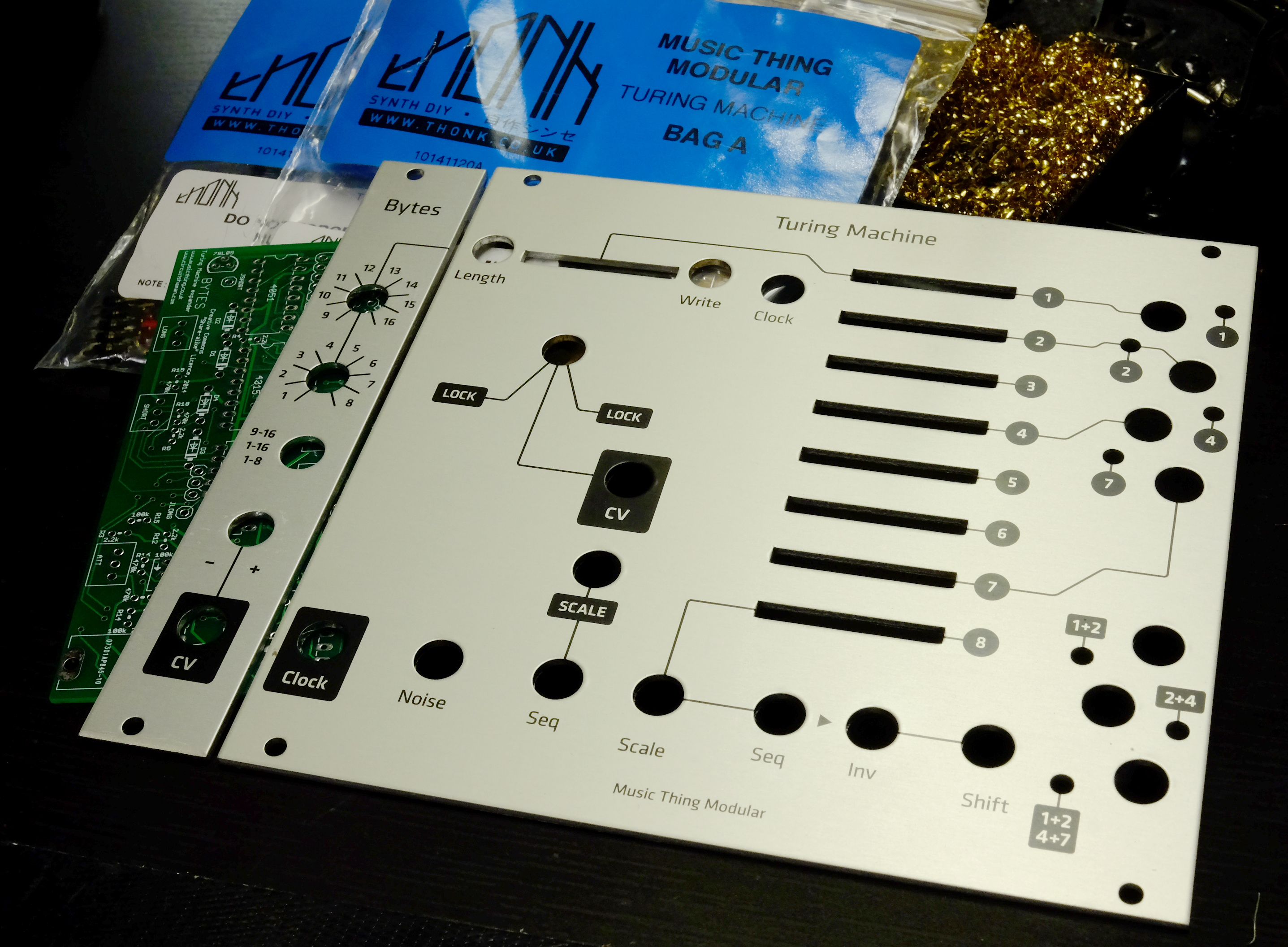

It deals with fixing small liquidized temperature elements to the circuit board.

This deals with the fastening of small elements to the Printed circuit board. However, the process is in two major ways. There are numerous ways to complete the process of soldering on the circuit board. Soldering is an essential skill needed in assembling electronic circuits on the board. These basic tools include solder iron, solder, and other materials. Though there are various means to completing this process, some basic tools required are alike. The process is apt for those whose desire is to work with electrical and electronic circuits. Soldering wire to circuit board could also mean the process of soldering electrical circuit boards. They hold the advantage over the lead based solder wire. A highly compact board designed with lead-free solder wires has few faults.

It has played some vital roles in the reduction of the sizes of miniature gadgets.
Pcb soldering free#
Lead free solder wire has a higher temperature of 217⁰C – 221⁰C melting point. The lead-free soldering wire price is friendly, unlike the lead based wires. The Lead free solder wire consists of copper, silver, and tin. This resulted in a drastic reduction in its choice and soldering wire price within a few years. However, lead’s health-related implications changed the status quo. Lead based solder wire held the industry standard over time. This implies a quick conversion between its liquefying and solid states. It is normally a combination of 60% tin and 40% lead at a melting point of 190⁰c. Its mechanical and moist qualities make the lead based solder the most preferred. It is normally made out of alloy of lead and tin. This is the most popular type of solder wire that contains metal lead and is viewed as the best. However, solder wires could either be in two various types. It possesses a low liquefy point which could melt together with the soldering iron. The regular solder wire used in the electronic industry for soldering is a blend of lead and tin. There are different types of solder wires. Each solder wires are for various appliances and temperatures. This is due to its various suitability purposes. Although, solder wires are not produced equally. Its usage cuts across so many industries. Solder wire is an acceptable type of solder. Ensure there’s an adequate supply of electricity by the soldered joints. As much as mechanical durability is crucial, so also are the electrical links. Joining by solder ensures that each element is solidly fixed on the board instantly.

Solder also supplies both electrical and mechanical intersections on the board. Solder is a vital element in every electronic manufacturing process that includes soldering. It helps to link elements and fasten them to a platform. Solder is an element broadly used in the electronic manufacturing and technology industries. Request Solder Wire to PCB, Pls Send Email to Now The right equipment for PCB soldering and the steps required for the process. This article will discuss ways to solder a wire to the PCB. Thus, in fabricating the PCB, the right choice of solder appropriate for the design is crucial. To ensure a defect free PCB, soldering wire to circuit board method and solder used must be of top standard.ĭistortion or defect on the end product could arise from faulty soldered joints. Therefore, soldering affects the performance and viability of every electronic gadget and appliance. It is a vital step in the PCB manufacturing process. It could also mean the procedures of joining two or more electrical elements on the board. Soldered PCB is the method by which small pieces are joined together on the surface layer. The quality of a soldered PCB hinges on the soldering approach and the quality of solder used. Connections created should allow the free flow of electricity through the soldered joints. Soldering in PCB is the process of joining mechanical and electrical components together.


 0 kommentar(er)
0 kommentar(er)
